Traversing challenging dungeons and conquering larger-than-life bosses in the Lands Between is no small task. The Tarnished of Elden Ring have their work cut out for them as they seek the Elden Throne, and there are many factors that influence a player’s journey.
A player’s choice of damage output is critically important for overcoming bosses and enemies and can heavily influence a playthrough. But something that’s often overlooked and near-equally as important is the player’s choice of armor.
While “Elden Bling,” Elden Ring’s version of Fashion Souls and Demon’s Drip, is important regardless of familiarity with FromSoftware titles, those cool and unique armor combinations may not be the best for those looking to rely on it for defenses. Those who get frequently hit for massive amounts of damage may benefit from upgrading their armor based on its defensive statistics rather than pure looks.
Here’s everything you need to know about how armor works in Elden Ring.
What does armor do
Aside from the fashion statements from the combinations players come up with, armor pieces have their own individual stats. Armor provides different types of protection for the player’s character. This includes physical defense, magic, defenses, or others that reduce the speed of accumulation for status effects.
It’s unclear to many as to what each defensive category means. Defensive stats like vitality, robustness, and immunity are tripping up many players, so we’ll cover those here.
Defense vs. damage negation
When players go into their stats to look at the physical defenses their armor provides, they’ll find two different columns: Defense and damage negation. It’s important to know these two things are not the same.
Defense is a value that determines how much stamina the player will lose when blocking attacks from various enemies.
Damage negation is a percent that indicates how much the incoming attack’s power will be reduced by. For example, a 20-percent damage negation for a physical strike will damage the player 80 percent of the full power instead of 100 percent.
From the different physical attacks to the magic-based attacks, this duality between defense and damage negation is for all types of damage.
Resistances
Resistances take the cake for the most confusing aspect of defenses in Elden Ring. With little information given to the player aside from seeking out item descriptions or notes, it’s unclear what these resistances are referring to without some help. The higher the number, the less susceptible the player is to the status effect.
Here is what each defensive resistance is for:
Immunity
The immunity defensive stat is the character’s resistance to the different types of poisons and blights within the game. This influences how fast these statuses build up and refer to Poison and Scarlet Rot. Players can increase their immunity through different attributes and armor.
Robustness
Robustness refers to the character’s resistance to Hemorrhages and Frostbite statuses. Blood Loss and Frostbite are incredibly dangerous status effects that can send players back to Sites of Grace very quickly. Similar to immunity, this can be increased by attributes and armor.
Focus
While the Sleep and Madness ailments are uncommon in the Lands Between, focus increases the character’s resistance to these two statuses. This is also increased by attributes and armor.
Vitality
Vitality is possibly the most unique to the resistances. This increases the character’s resistance to Instant Death. Deathblight is a very strong but thankfully uncommon status effect. As the name implies, it will instantly kill the player if the status procs.
What is the best armor?
This is a challenging question to answer. There are many different viable armors in the game that depend on different build types and combat styles. And at the end of the day, if players don’t get hit, it doesn’t matter what type of armor they wear. With that said, a strategy players can use is fully using their equipment load.
In previous FromSoftware titles, there were different types of dodging speeds and animations based on how much equipment the player was wearing. This is similar in Elden Ring, but there isn’t much of a difference between light and medium load. The heavy load has the most significant impact on mobility.
Gehrman, a YouTuber, tested the differences between light and medium equipment loads here and found that the roll lengths are longer and backsteps can be performed quicker with a light equipment load. But other aspects like invincibility frames and stamina regeneration remain the same.
With that said, here is the tankiest armor in the game:
Best heavy armor: Lionel’s Set
This full armor set is one of the beefiest sets in the game and provides a lot of great defensive bonuses. Naturally, it weighs a lot and players will not have much mobility without the stamina levels or talisman for increased equipment load. It can be found in the Royal Capital of Leyndell on a bed by the Lower Capital Church Site of Grace.
Players should know that there are no full set bonuses in Elden Ring. The game allows players to freely mix and match pieces of armor with different benefits and looks. Some pieces of armor have secondary effects, so players should look at each piece to see if it’s worth wearing or simply looks cool. Mix and match and show off that Elden Bling.


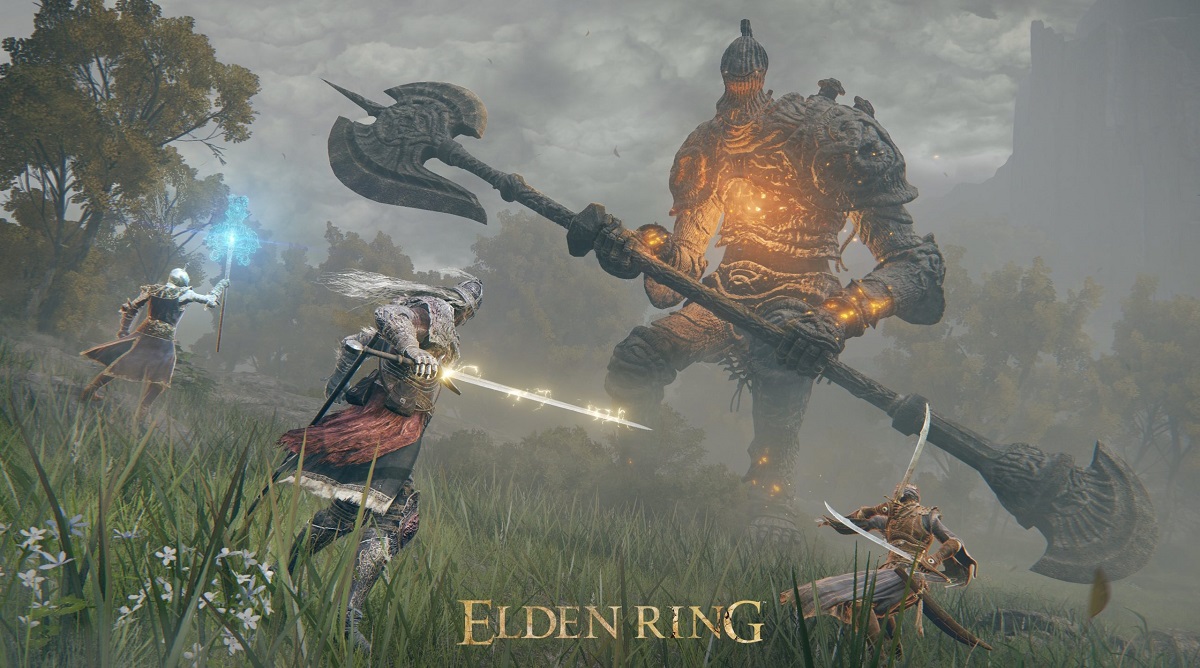

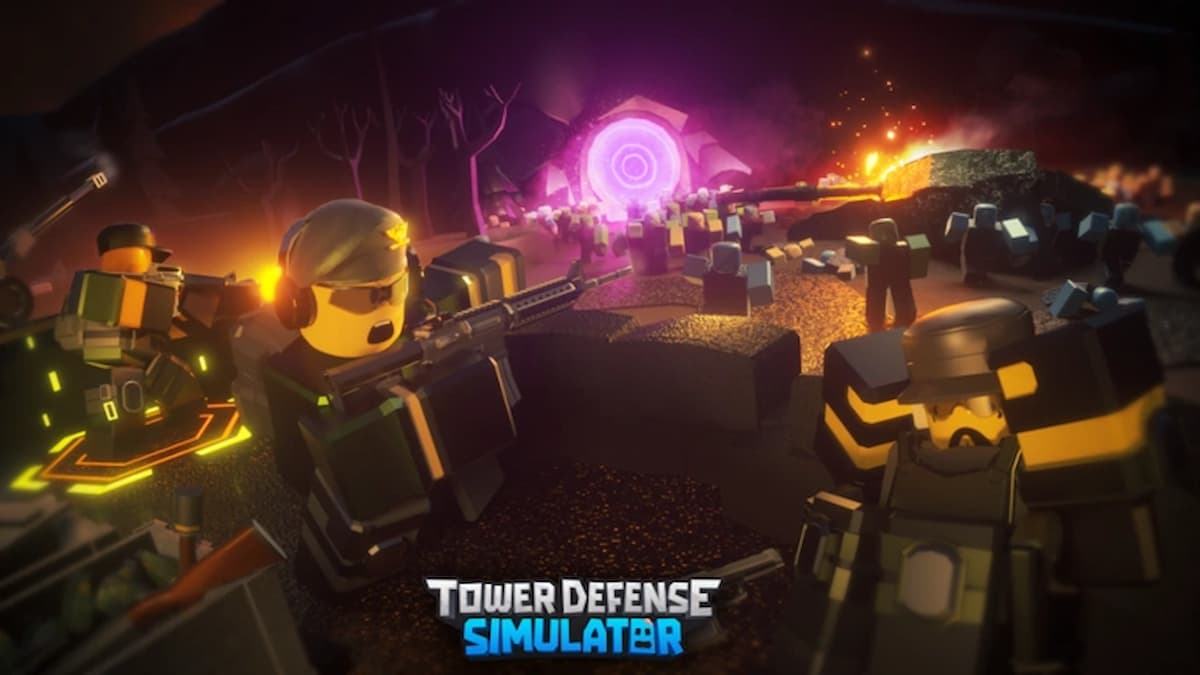

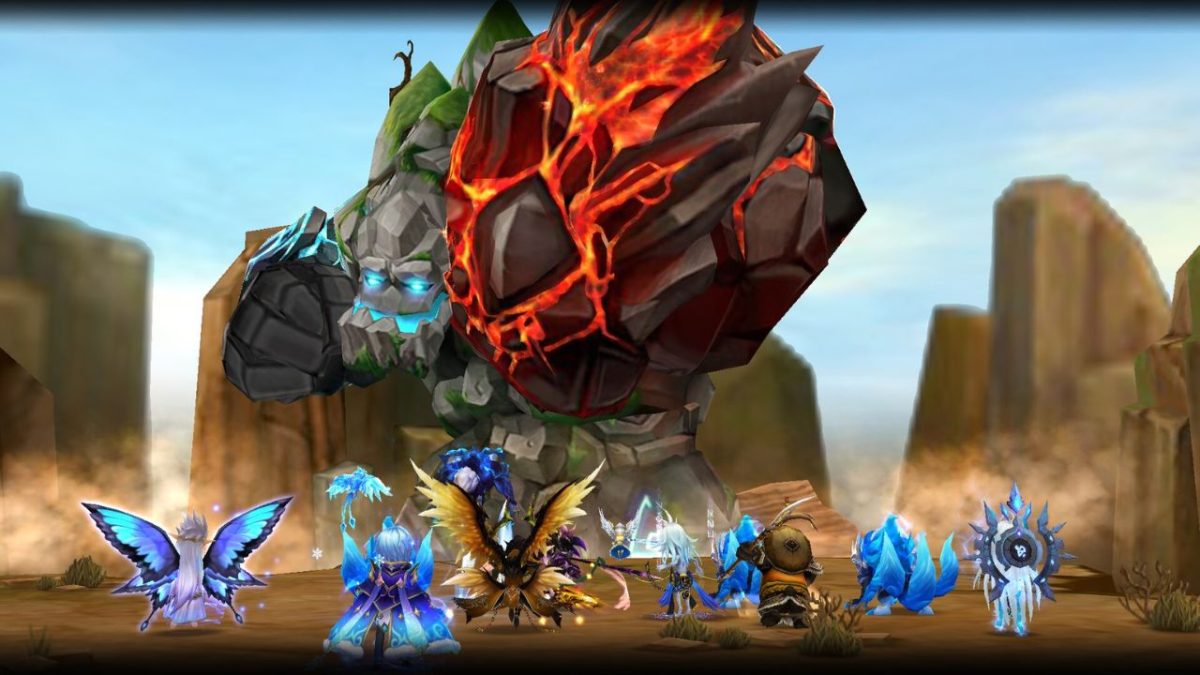


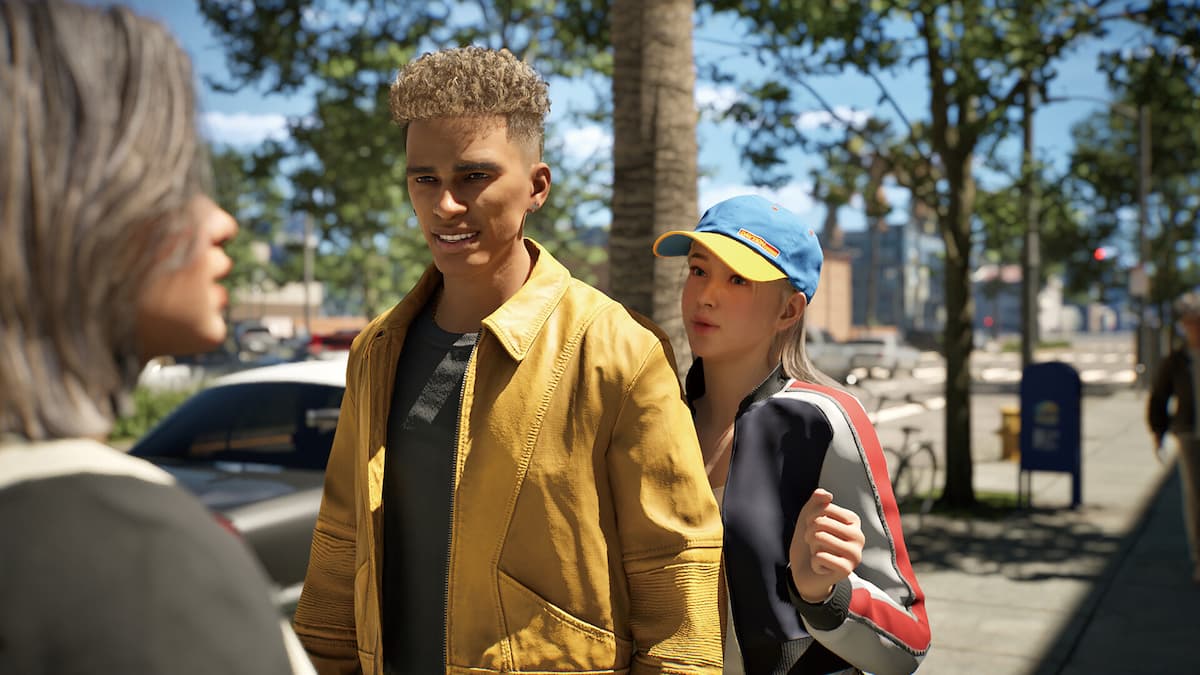
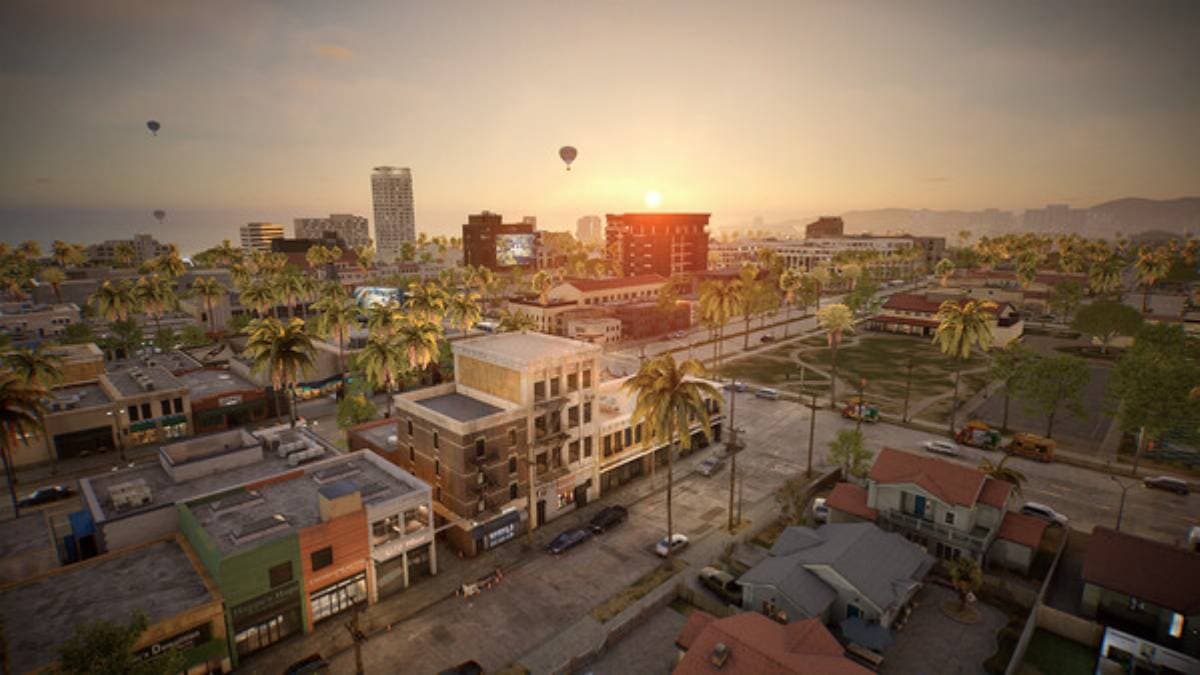

Published: Apr 7, 2022 02:01 pm